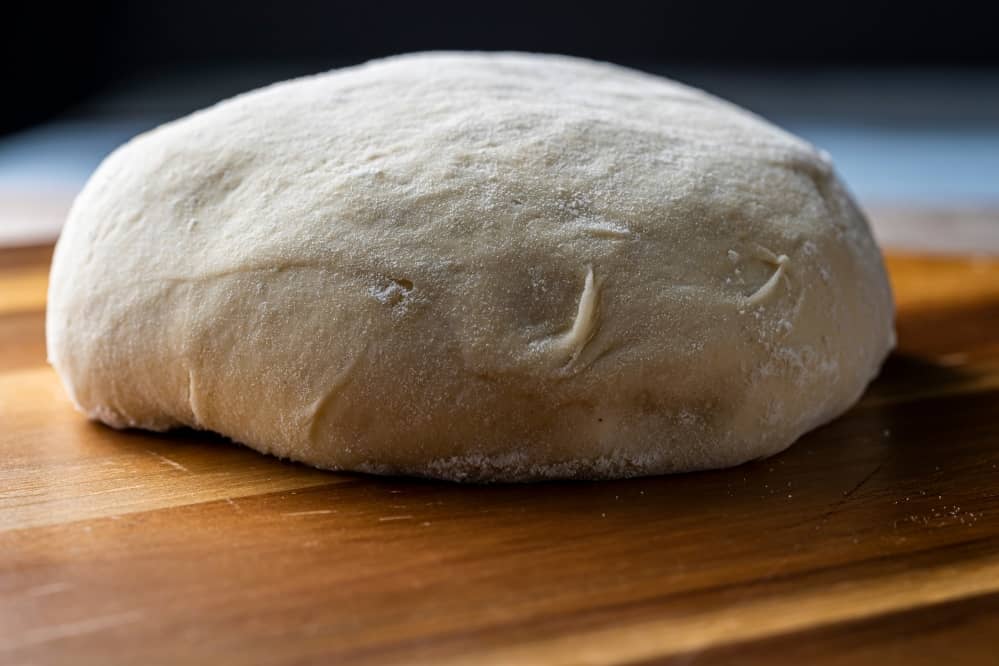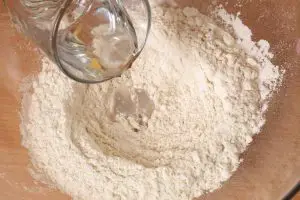The dough can be one of the most difficult things to work on , especially for those who have never used it before. One thing that makes it so difficult to handle is there are so many little mistakes you can make that will destroy all of your hard work. When working with any kind of dough, most people follow recipes exactly because they don’t know what they can or can’t do without ruining things.
One thing to remember is that all experienced bakers started at the beginning. With enough time and practice, you can go from a beginner to an experienced baker. Just know there will be numerous mistakes made on your journey, but those mistakes will help you master the craft.
One of the things most beginners know is that bread dough is supposed to rise twice. What they might wonder is whether bread dough can rise more than that.
When Can You Let Bread Rise Three Times?
You will be excited to learn that as long as the yeast has enough sugars and starches for the dough to feed off of, it can rise more than the typical two times. However, something to think about is if you plan to allow your bread to rise three times or more, use less yeast in the beginning. This will ensure that your dough doesn’t run out of starches and sugars.
How Many Times Can Dough Rise?
In theory, your bread dough can rise as many times as you need it to. The key to letting it rise more than twice is making sure that the yeast has plenty of sugars and starch to feed on. All dough will stop rising once the yeast has nothing left to consume.
Understanding this is great because if you ever get in a pinch where you cannot bake your bread after the dough has risen a second time, you know you can let it rise again. The only time it won’t rise again is if you used too much yeast initially. The more yeast you use in your dough, the faster it will consume the starch and sugars, which increases the risk of the yeast not having anything left to feed on.
Are There Hidden Benefits to Letting Dough Rise Three Times?
Most recipes tell you to only let the dough rise twice because that number provides the best results. Many bakers over the years have experimented with allowing bread to rise numerous times, and all have found that two is the magical number — if you want consistent results, that is.
Letting it rise a third time still provides decent results, but only if there is enough food for the yeast to consume. As long as it can successfully rise a third time, the results will be just as good as if you only let it rise twice.
You want to let your dough rise twice because it improves the texture of the final product. Two rises allow for better gluten development; plus, it aids in evening out the crumb. After the second rise, very few improvements are made, so there is no hidden benefit to allowing the bread dough to rise three times or more.
Instead of allowing your dough to rise three times, it’s preferable to use less yeast and obtain two considerably longer rises. These lengthier rises offer you more time to bake the bread since you won’t be rushed, and they help the bread develop a better flavor.
When Should You Let Bread Rise Three Times?

Although you will not gain anything by letting your bread dough rise three times or more, sometimes it must happen. Whether you got your timing wrong, made a mistake in shaping, or something else, letting it rise a third time can save you from having to start all over again.
Here is a closer look at the times when you should let your bread rise a third time:
- Shaped Wrong: Nothing is worse than carefully shaping your bread only to discover that it is rising unevenly. Another issue is when the seam isn’t closed properly. No matter the case, the uglier it looks while it rises, the uglier the result will be. Take a couple of extra moments to fix your loaf and let it rise again.
- Not Enough Time: One of the biggest reasons for letting it rise a third time is that you ran out of time. Nothing is worse than discovering that your bread is done rising, but you don’t have the time to start baking it. When time is the problem, you have two choices. The first is to punch it down and let it rise again. The other is to place it inside the refrigerator to slow down the rise. You can also combine the two methods if you need to wait until the next day to bake it.
Problems with a Third Rise
While it is okay to let your dough rise a third time, this doesn’t mean that it will work each time. Many bakers have discovered they run into more problems letting their dough rise for the third time. The yeast isn’t producing gas any more, so the final proof can’t be completed before baking. This means that no oven spring and no browning will take place.
Rather than run the risk of over-proofing your dough, use less yeast from the beginning. Many bakers find success using 50% to 75% less yeast when making dough. It takes longer to rise, but it’s worth it in terms of the flavor.






